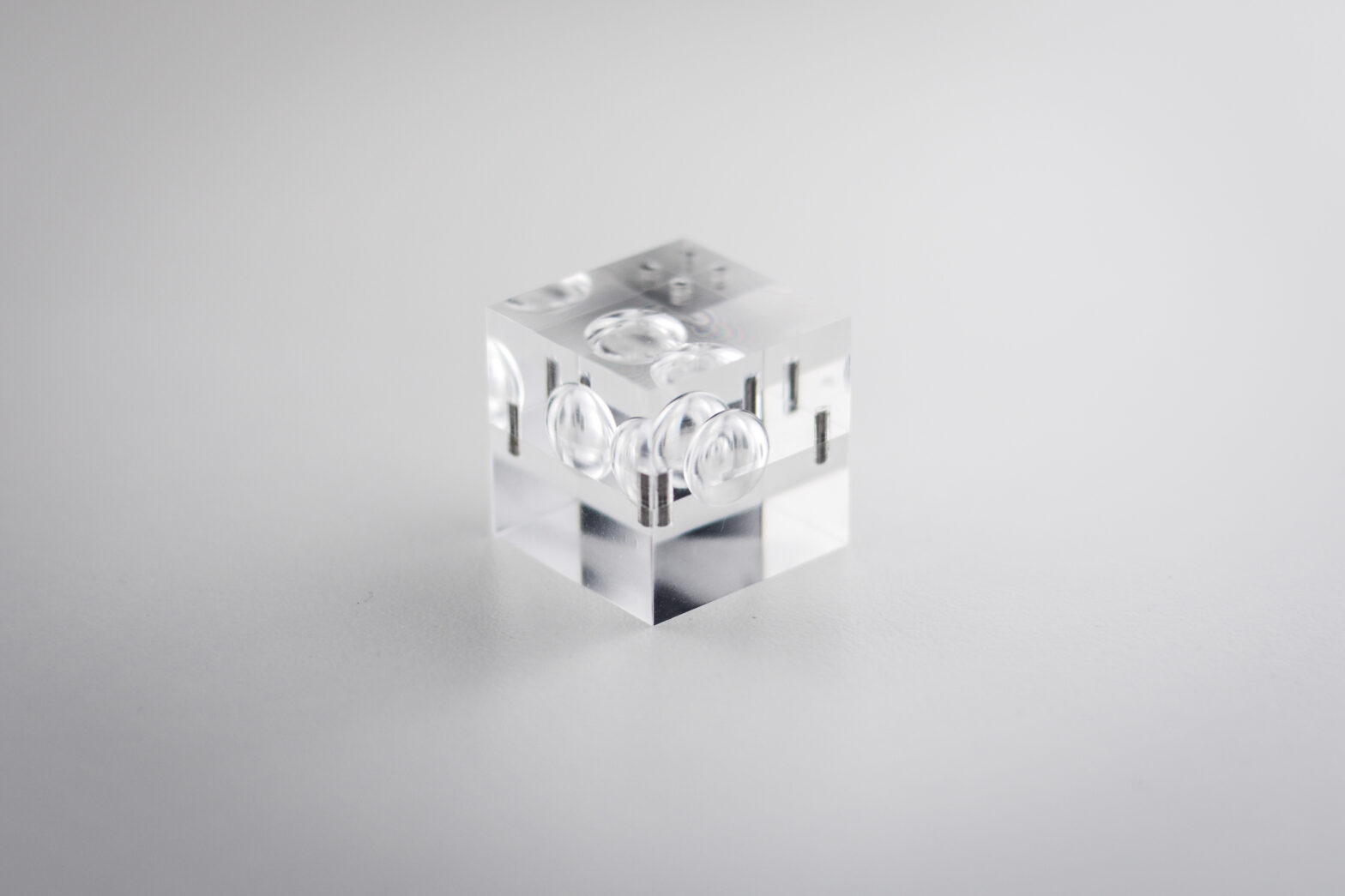It’s the beginning of the end for books as we know them… or is it? The launch of Amazon’s portable reader allows you to wirelessly download books or magazines to ‘an electronic paper display that looks and reads like real paper’.
It’s the beginning of the end for books as we know them… or is it? The launch of Amazon’s portable reader allows you to wirelessly download books or magazines to ‘an electronic paper display that looks and reads like real paper’.
Blogs are alive with comment on the gadget, not all of it positive. ‘What no-one seems to get through their thick skulls, even after untold millions of dollars have been wasted on the concept, [is that] people don’t want to read books on a screen,’ writes New York graphic designer Chip Kidd.
But founder and CEO of Amazon.com Jeff Bezos says: ‘We’ve been working on Kindle for more than three years. Our top design objective was for Kindle to disappear in your hands so you can enjoy your reading.’
The device costs $399 (£196), weighs roughly 290 grams and fits into one hand. Its built-in memory stores more than 200 titles, and it needs recharging approximately every other day, or roughly every week with connectivity turned off.
Other features include access to The New Oxford American Dictionary and Wikipedia, six adjustable font sizes and a standard layout keyboard enabling users to search the Kindle store or make their own annotations to the text.





